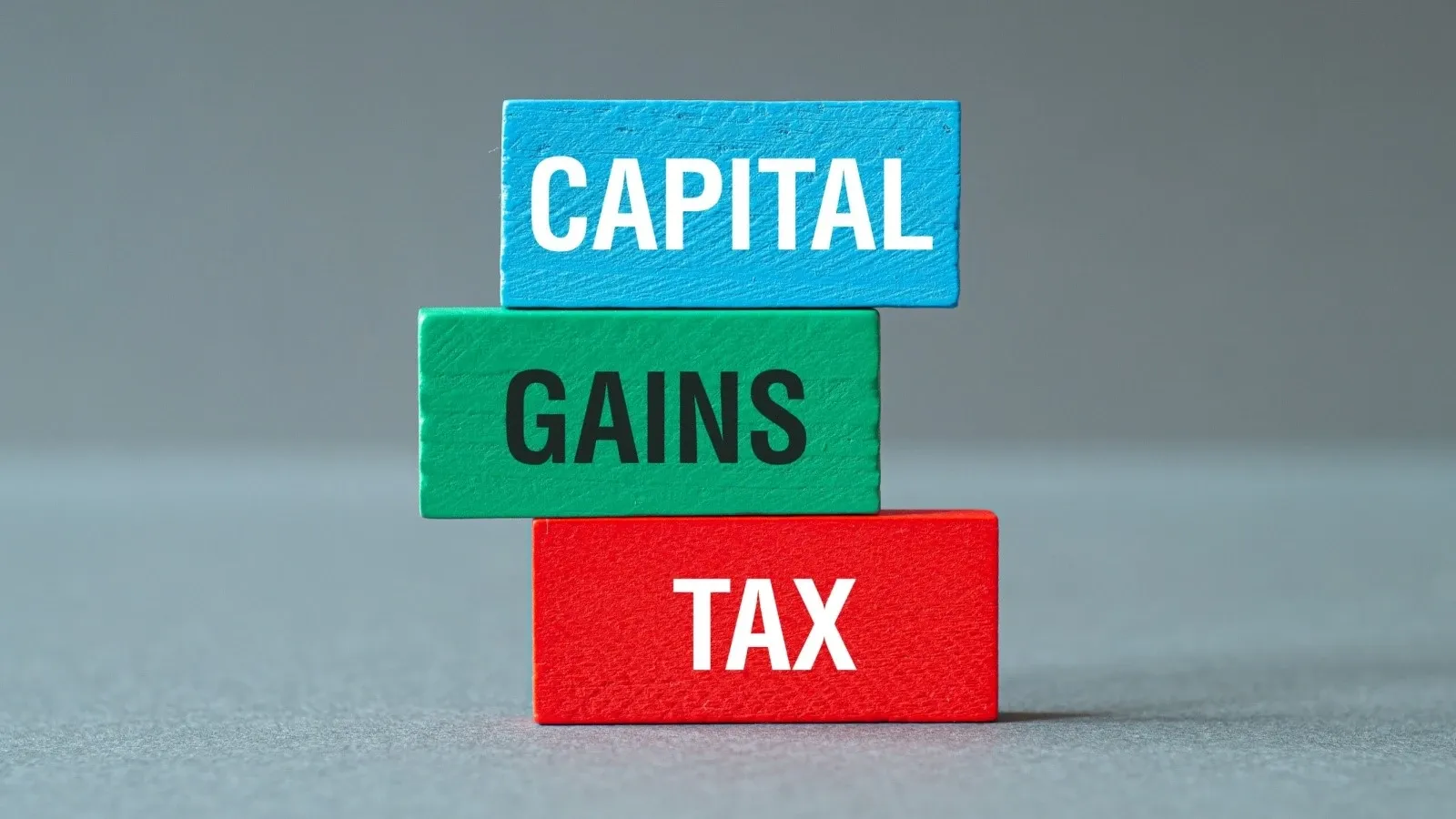How to Calculate STCG Tax on Debt Funds in India
Written by Upstox Desk
Published on October 28, 2025 | 5 min read

Summary:
Debt funds primarily invest in fixed-interest securities, such as government bonds, making them a safer option compared to equities. Many investors favour them due to their consistent returns and lower risk. However, in India, the returns from debt funds are subject to a tax known as short-term capital gains (STCG). In this article, we'll guide you on how to calculate this tax.
Debt funds are a popular investment choice in India. They primarily invest in fixed-interest-generating securities like corporate bonds, government securities, and treasury bills. While they offer a safer option compared to equities, it's essential to understand the tax implications on the returns. One key tax associated with debt funds is the short-term capital gains (STCG) tax. This tax applies when you sell your investment within a short duration and make a profit. Let's take a quick look at how debt funds are taxed in India before moving on to calculating STCG on debt mutual funds.
Understanding capital gains
Capital gains refer to the profit or loss you experience when you sell an investment or asset. It's the difference between the purchase price (often referred to as the 'cost base') and the selling price of that asset.
There are two main types of capital gains, differentiated by how long the asset was held:
- Short-term capital gains (STCG): If you sell an asset after holding it for a short while, you're looking at STCG. For instance, with debt funds in India, selling your investment within three years means any profit falls into this category.
- Long-term capital gains (LTCG): If you've held onto an asset for a longer stretch, any profit you make is LTCG. So, with our debt funds example in India, if you've had your investment for over three years, that's a long-term capital gain.
Here's a straightforward breakdown of how debt funds get taxed in India:
Table 1: How India taxes debt mutual funds after Finance Bill 2023
| Asset class | Type of gain | Holding period | Tax rate |
| Debt-oriented mutual fund units | LTCG | More than 36 months | According to your income tax bracket |
| STCG | 36 months or less | According to your income tax bracket |
With that sorted, let's move on to working out STCG on debt funds.
How to calculate STCG on debt mutual funds in India
When you sell your debt mutual funds, the profit you make is taxed as STCG. The rate at which this gain is taxed depends on your income tax slab. Simply put, the more you earn, the higher the tax rate on your STCG.
To figure out your STCG, you need:
- Cost of acquisition (COA): This is the amount you spend to buy the debt mutual fund units.
- Sale value (SV): The amount you get when you sell these units.
- Holding period (HP): The time between when you bought and sold the units.
The STCG is calculated using the formula: STCG = SV − COA
Once you have the STCG, the tax you owe is: Tax = STCG × Tax Rate
Suppose you invested INR 1,00,000 in a debt mutual fund on 1st April 2022 and decided to sell it for INR 1,20,000 on 31st March 2024. If your total taxable income (excluding the STCG) for FY 2023-24 is INR 5 lakh, here's how you'd compute the STCG:
- COA = INR 1,00,000
- SV = INR 1,20,000
- HP = 23 months and 30 days (less than 36 months or 3 years)
So, STCG = INR 1,20,000 − INR 1,00,000 = INR 20,000
Given the new tax regime for FY 2023-24, and considering your total taxable income (including the STCG) is INR 5.2 lakh, you'd fall into the 5% tax bracket.
Table 2: New income tax slabs
| Income tax slabs (in INR) | Income tax rate (%) |
| Between 0 and 3,00,000 | 0 |
| Between 3,00,000 and 6,00,000 | 5% |
| Between 6,00,000 and 9,00,000 | 10% |
| Between 9,00,000 and 12,00,000 | 15% |
| Between 12,00,000 and 15,00,000 | 20% |
| Above 15,00,000 | 30% |
Using the 5% tax rate: Tax = INR 20,000 × 5% = INR 1,000
Thus, you'd owe INR 1,000 as the tax on your STCG for FY 2023-24.
Changes in taxation of LTCG for debt mutual funds
You earn long-term capital gains (LTCG) if you hold on to your debt funds for more than three years and sell them. Previously, there was a provision called indexation that adjusted the amount you paid for the funds for inflation, resulting in a reduced tax liability. However, the Finance Bill 2023 has introduced pivotal changes to the taxation of debt mutual funds:
- The bill has removed the indexation benefit that was previously available for debt mutual funds.
- The tax on LTCG from these funds will now be in line with your income tax rate, mirroring the tax approach for fixed deposits.
- All profits from debt mutual funds, irrespective of the duration you've held them, will be categorised as short-term gains.
- These short-term gains will be combined with your regular income and will be taxed as per your prevailing income tax bracket.
Staying informed about these changes is crucial, particularly when planning your investments or considering selling. We recommend regularly updating yourself to make well-informed financial decisions.
Wrapping up: Points to remember
- Debt funds in India primarily target securities such as corporate bonds and treasury bills, offering a relatively safer alternative to equities.
- Profits from selling debt funds within three years are subject to short-term capital gains (STCG) tax.
- The Finance Bill 2023 has removed the indexation benefit for long-term capital gains (LTCG) on debt funds, which previously adjusted the purchase price for inflation.
Want to learn more about debt funds? Our simple guide is just a click away here.
About Author
Upstox Desk
Upstox Desk
Team of expert writers dedicated to providing insightful and comprehensive coverage on stock markets, economic trends, commodities, business developments, and personal finance. With a passion for delivering valuable information, the team strives to keep readers informed about the latest trends and developments in the financial world.
Read more from UpstoxUpstox is a leading Indian financial services company that offers online trading and investment services in stocks, commodities, currencies, mutual funds, and more. Founded in 2009 and headquartered in Mumbai, Upstox is backed by prominent investors including Ratan Tata, Tiger Global, and Kalaari Capital. It operates under RKSV Securities and is registered with SEBI, NSE, BSE, and other regulatory bodies, ensuring secure and compliant trading experiences.

























